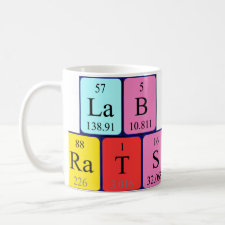
Authors: Akbulut-Söylemez M, Güven O
Article Title: The Radiation synthesis of molecularly imprinted hydroxyethylmethacrylate-based matrices for glucose recognition.
Publication date: 2018
Journal: Hacettepe Journal of Biology and Chemistry
Volume: 46
Issue: (1)
Page numbers: 53-60.
Alternative URL: http://hjbc.hacettepe.edu.tr/index.php/hjbc/article/view/36
Abstract: In this study, 2-hydroxyethyl methacrylate (HEMA) was used as functional monomer and diethylene glycol diacrylate (DEGDA) and polyethylene glycol (200) diacrylate (PEG(200)DA) were used as crosslinking agents to imprint D(+)glucose. D(+)Glucose imprinted polymers were prepared in the presence of dimethyl sulfoxide (DMSO) /isopropyl alcohol (IPA) (3/1, v/v) at room temperature, in air by radiation-induced polymerization/crosslinking. The control polymers were synthesised by the same procedure in the absence of D(+)glucose. In order to evaluate the recognition and separation properties of imprinted system high performance liquid chromatography (HPLC) experiments were carried out where β(-)lactose, D(+)glucose and glycerol were used as analytes. To increase the affinity of the template to the stationary phase polarity of the mobile phase was decreased by the addition of acetonitrile into water. Optimum composition of acetonitrile/water (1/5 v/v) was determined according to the swelling experiments providing a better separation. The sizes of the cavities in the polymeric networks were determined by positron annihilation lifetime spectroscopy (PALS). The average radia of cavities were found as 0.254 and 0.279 nm for freeze-dried imprinted polymers prepared by using PEG(200)DA after swollen in water and acetonitrile/water mixture (1/5 by volume), respectively.
Template and target information: monosaccharide, glucose
Author keywords: Molecularly imprinted polymers, poly(2-hydroxyethyl methacrylate), glucose recognition, gamma irradiation



Join the Society for Molecular Imprinting

New items RSS feed
Sign-up for e-mail updates:
Choose between receiving an occasional newsletter or more frequent e-mail alerts.
Click here to go to the sign-up page.
Is your name elemental or peptidic? Enter your name and find out by clicking either of the buttons below!
Other products you may like:
 MIPdatabase
MIPdatabase









